Showing 21-30 of 32 results
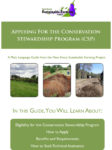
Applying for the Conservation Stewardship Program (CSP)
This plain language guide discusses eligibility and the application process for the USDA-NRCS Conservation Stewardship Program (CSP).
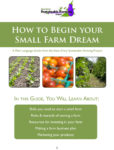
How to Begin Your Small Farm Dream
This plain language guide is for people who want to start a small farm. It covers skills you need to start a small farm; risks and rewards of farm ownership; financial resources; creating a business plan; and marketing.

Agritourism Training Materials
This curriculum was designed to provide detailed training resources for agricultural professionals and farmers interested in expanding their income sources and entering the agritourism industry.
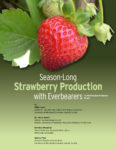
Season-Long Strawberry Production with Everbearers for Northeastern Producers
This 70-page guide outlines profitable production techniques and research on everbearing strawberry varieties, including information on both field production and the use of high tunnels for season extension.
Good Agricultural Practices
Fact sheets from North Carolina State University on GAP certification and insurance coverage options for vegetable producers.
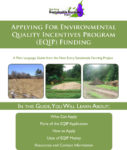
Applying for Environmental Quality Incentives Program (EQIP)
This plain language guide introduces readers to the USDA-NRCS Environmental Quality Incentives Program (EQIP), and explains eligibility for EQIP, how to apply and how the money can be used.
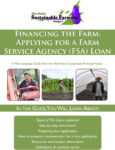
Financing the Farm: Applying for an FSA Loan
This plain language guide has information on the types of FSA loans available, and includes instructions for applying and developing a business plan.
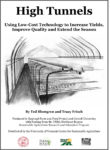
High Tunnels
This manual on using high tunnels or hoop houses for season extension includes case studies, a supplier list and chapters on marketing, site selection, construction and types, and soil, pest and environmental management.
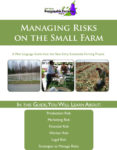
Managing Risks on the Small Farm
This plain language guide explains the five types of risk—production, marketing, worker, legal and financial—and provides worksheets.
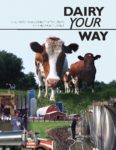
Dairy Your Way
This publication was created to provide information that will help producers explore the many choices available for today’s dairy farms. This book is not intended to be a how-to dairy guide or manual. While there is no one-size-fits-all answer for dairy farmers seeking success as milk producers, there are many options that can be profitable and satisfying.